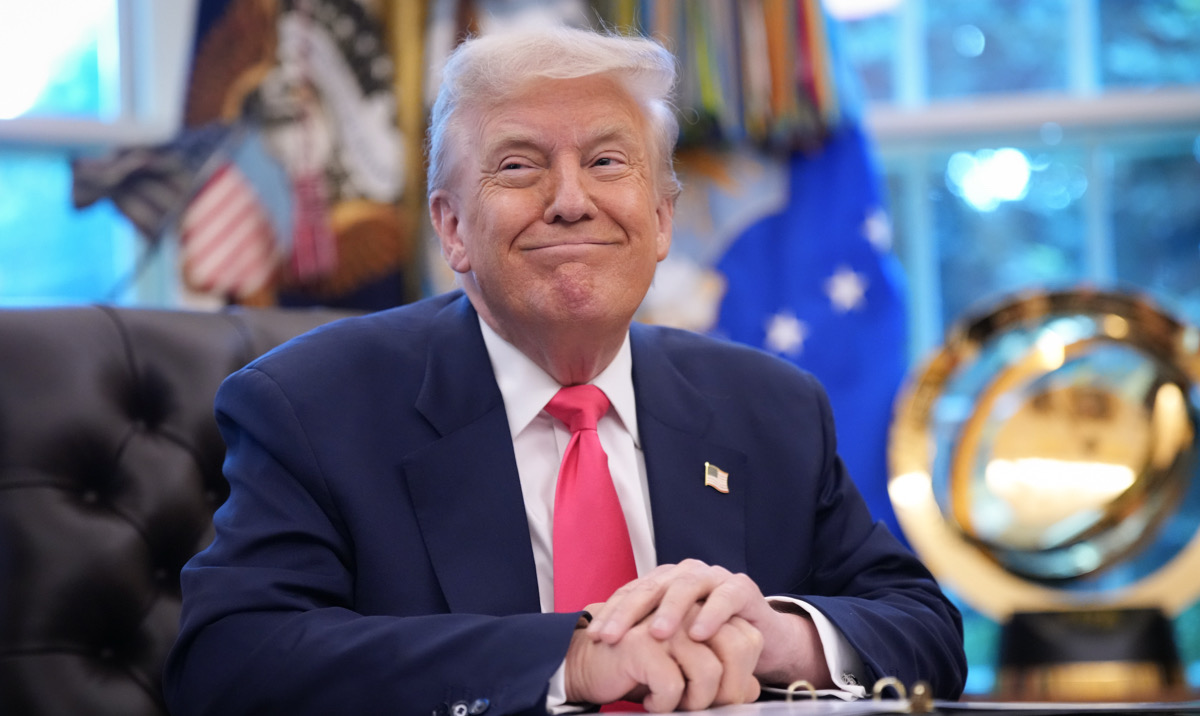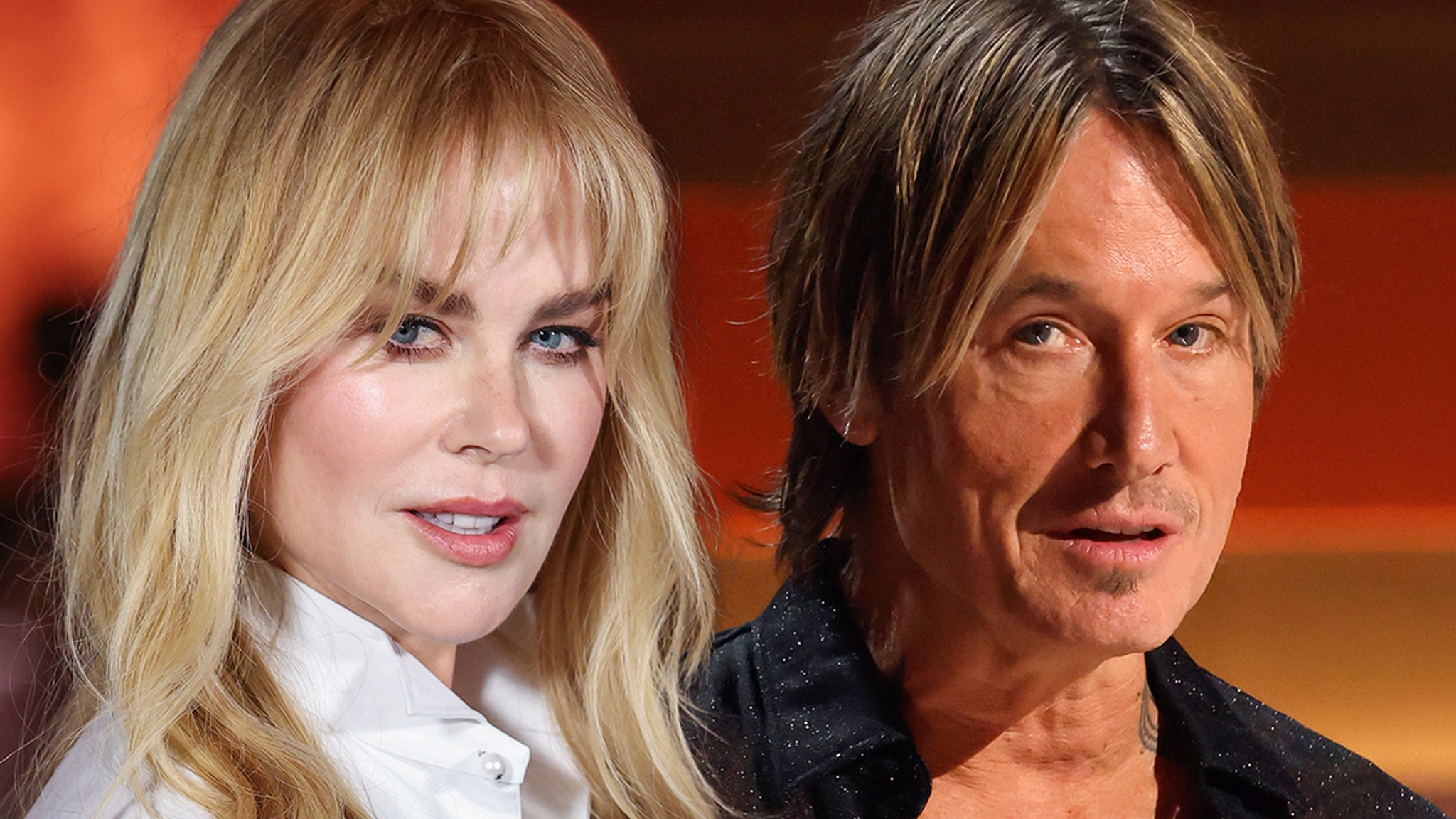EXCLUSIVE: Few people embody the act of balancing legacy media with the digital frontier quite like Bill Owens.
As the executive producer of 60 Minutes, he is the caretaker of a broadcast TV franchise well into its sixth decade, one of the few pieces of programming outside of NFL football capable of drawing mass tune-in. He is also aiming to deliver news about topics like the 2024 election, China, Gaza, the southern U.S. border, Cillian Murphy, and many more in a way that Gen Z cord-nevers can engage with it.
“I really do want to meet viewers where there’s interest,” he told Deadline in an interview in the show’s headquarters on Manhattan’s Far West Side. “We’re not trying to grab people on social media or TikTok by being something that 60 Minutes isn’t. We want to use the same language, we don’t want to do silly things. … And there’s an audience for that. I don’t care how old you are.”
YouTube is one key route to those who have never heard of Mike Wallace or Andy Rooney. The platform that 60 Minutes corporate cousin Viacom once sued for $1 billion is now a lifeline. Without fanfare, the show last season began posting entire episodes on Wednesday following their Sunday evening premieres. The result: a year-over-year doubling in viewing and ad revenue, according to the show. 60 Minutes Overtime, a digital bonus feature shepherded by Owens, has also continued to gain traction on YouTube. Matthew Polevoy, a senior producer who oversees digital for the show, has also orchestrated a push onto platforms like TikTok, where clips from the Murphy interview tripled 60 Minutes‘ weekly viewing.
The traditional lane for 60 Minutes, broadcast TV, has been a prosperous one for the show in its 56th season. The CBS telecast has ranked in the Top 10 of the Nielsen ratings for 16 of the season’s 17 episodes. It has averaged almost 9 million viewers this season, and last Sunday, February 25, the show was No. 5 among total viewers as well as those 18 and older. When new shows arrived on CBS earlier this month, the network became the first since 1987 to have all 16 of the top-rated shows on the Nielsen chart. 60 Minutes was third on that list.

Lesley Stahl, Anderson Cooper, Scott Pelley, Bill Whitaker, Cecilia Vega, Jon Wertheim, Sharyn Alfonsi, and Bill Owens, at far right, recreate a classic 60 Minutes photo in Owens’ office. (Photo: Michele Crowe/CBS)
Michele Crowe/CBS
Viewership has remained steady enough that the show continued to draw viewers last fall when it expanded six episodes to 90 minutes. The move, which was planned before the Hollywood strikes delayed the debut of the network’s new season, proved a useful way to keep viewers in the CBS orbit even without new episodes of NCIS.
“I think 60 Minutes is called 60 Minutes for a reason,” Owens replied when asked for takeaways from the initiative. “Having said that, it was really important for me and the work we did on those 90-minute shows to feel like 60 minutes and get over the bar, and for 90 minutes to feel like bonus 60 Minutes coverage.” One example was a Leslie Stahl-reported segment on 3D printing of houses in Texas. “I would have done that story on any 60 Minutes episode whenever,” he said.
If there’s any time when extra running time might be essential, it’s the 2024 presidential election, with its historic rematch between President Joe Biden and his predecessor, Donald Trump. But don’t expect the approach from the past to apply this time around, Owens advises.
“Every four years, we usually do both candidates, as a public service,” he said. “I’m not committing to that one way or another right now because there’s a lot of uncertainty, frankly, here at the end of February.” General education about issues is more of a priority given how precarious the democratic system feels — Owens cites Anderson Cooper’s segment on fake electors in Wisconsin earlier this month. “I think this election, we need to do probably better than we ever have around that. Around the issues, around it all.”
The fake electors piece is “informative to people just to hear that, certainly as all these court cases are going on,” Owens said. “And on the Democratic side, they’ve got their own issues and problems.”
Owens believes that “a lot of people haven’t made up their minds” about who they will vote for this fall. “I know a lot of people throw things at the TV while watching 60 Minutes from both sides of the aisle. But I hope people who are maybe wrestling with the direction of what’s happening somehow hear something on 60 Minutes that helps to inform the decisions that they’ll make.”
Later in the conversation, Owens offered a clarification. “I’m not saying we won’t interview the president and whoever the nominee is,” he said. “We probably will. But there’s a long time between then and now. And I’m not sure things won’t happen on both sides.”

President Joe Biden on ’60 Minutes’ in 2022.
CBS
The southern border, an election flashpoint, has been a recurring area of focus. Cecilia Vega, who joined the show as a correspondent last year, has been reporting a piece about Texas and its Operation Lone Star response to illegal immigration. The segment, featuring an interview with Gov. Greg Abbott, will air this Sunday. Sitting with her producers and editors in a room down the hall from Owens on a recent workday, she marveled at how long she’s been able to craft the piece — nearly a year. “It’s really hard to find that anywhere else,” she said.
Test screenings help keep the level high. Convened by Owens, they let writers, producers and others weigh in with reactions. Each segment is screened three times.
Funding the kind of newsgathering that is 60 Minutes‘ hallmark isn’t a casual matter given the instability of its corporate parent, Paramount Global. Asked about it, Owens smiled and quipped, “What can you tell me?” Turning more reflective, he added, “You can’t ignore it. We happen to be in the business of facts. It’s hard to ignore it. [CBS CEO and Paramount+ News and Sports Content Chief] George Cheeks, who I report into, is great and super-supportive of 60 Minutes, so as long as I have that ….”
Last summer, CBS News went through a leadership change, adding solo news oversight to Wendy McMahon’s duties. Owens said the change has gone over well. “She’s thinking about the writing and the storytelling and the legacy of CBS News,” he said. “That’s all you can ask for, for an old person like me who’s been here forever. … Her bar is super-high, she’s bringing a great energy.”
Owens, who was elevated to the top job five years ago having originally come to 60 Minutes as a producer for Scott Pelley in 2003, has a reverence for the show’s tradition but also a willingness to question the status quo. Visitors come through the lobby, where a glass-encased yellow swivel chair from the show’s 1968 debut stands opposite the iconic stopwatch logo, but once they reach his office there is plenty of conversation about interrogating the systems of the past.
Sometimes, that process involves the structure of the show itself. Rooney’s end-of-show commentaries aired for more than 40 years until his death in 2011. In his absence, the show opted to redistribute the airtime to the three main segments. Last season, though, Owens determined the ending each week was too abrupt. “That was not something that the audience appreciated,” he said. So the show created a “last minute” as a button to each episode, with updates to past stories, previews of upcoming segments or any other closing thoughts.
In the TikTok age, though, couldn’t there be a new version of Rooney, delivering short-form pieces to boost the show’s signal across generations? Owens isn’t convinced. “Because of the way the country is divided now,” he said, “you’re just looking at 50% of people getting angry. … I myself don’t think that it would be successful and I don’t think there would be any real takeaway from it, other than something going viral. Which, OK, now you’ve got people’s attention. Are you telling them anything that’s interesting?”







